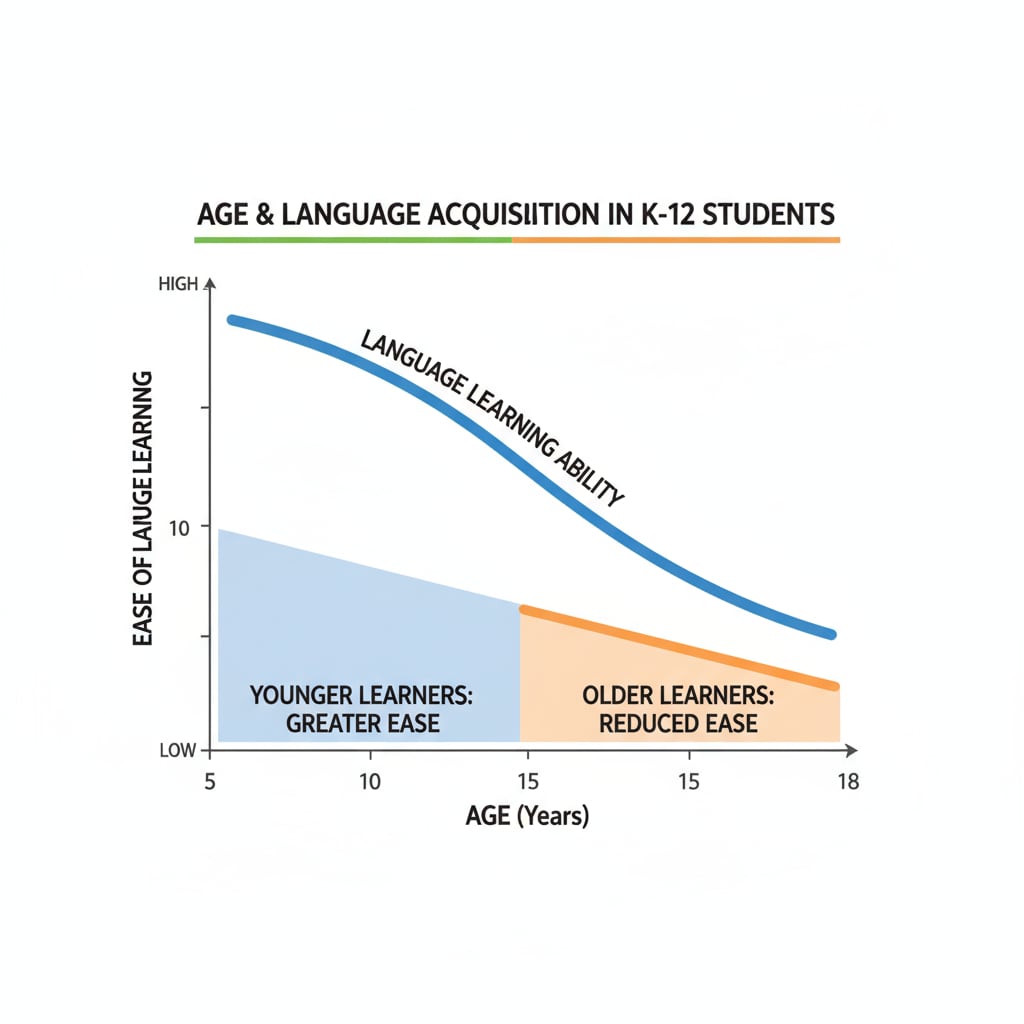Multilingual learning, language learning methods, and language priorities play a crucial role in a child’s development during the K12 stage. In today’s globalized world, the ability to communicate in multiple languages is not only an asset but also a necessity. This article will delve into the best ways to cultivate children’s language abilities during this important educational phase.

The Optimal Period for Language Learning
Research has shown that children have a unique advantage in language learning during the K12 stage. The human brain is particularly receptive to language acquisition in the early years. During this time, children can more easily absorb new languages, mimic pronunciation, and understand grammar rules. For example, a study by Psychological Science indicates that children exposed to multiple languages from an early age tend to develop better cognitive skills. Therefore, starting language learning early in K12 can lay a solid foundation for future multilingual proficiency.

Selecting Appropriate Language Learning Methods
When it comes to multilingual learning in K12, choosing the right methods is essential. One effective approach is immersive learning. This involves surrounding children with the target language as much as possible. For instance, schools can organize language immersion programs where students are taught various subjects in the target language. Another method is the use of multimedia resources such as educational apps and online courses. These can make learning more engaging and accessible. Additionally, incorporating games and interactive activities into language learning can boost children’s motivation and retention. According to TEFLCourse.net, a combination of different methods often yields the best results.
Readability guidance: Using short paragraphs and lists helps summarize key points. For example, under each H2, we can provide a list of practical tips. Controlling the proportion of passive voice and long sentences ensures clarity. Adding transitional words like ‘however’, ‘therefore’, ‘in addition’, ‘for example’, and ‘as a result’ throughout the article enhances the flow of ideas.


